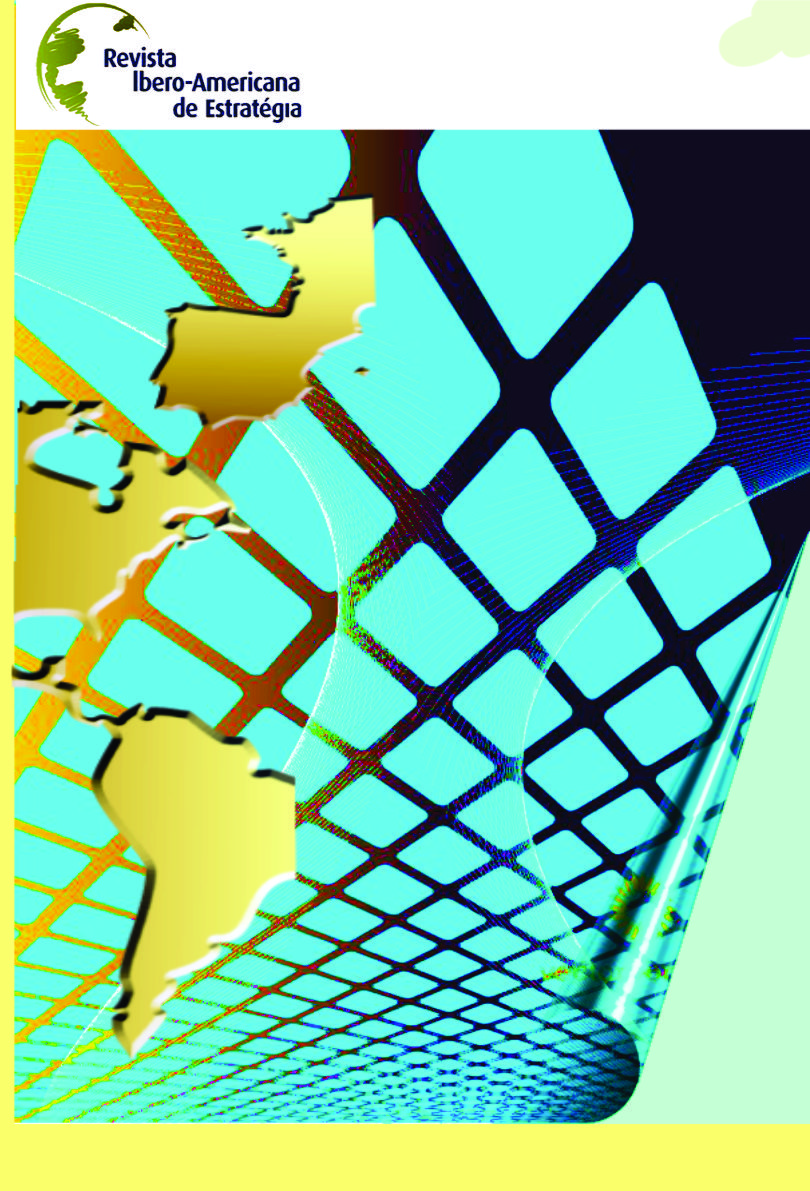Lowering Investment Risk at the Bop Using Network Innovation Fundación pro Vivienda Social (Fpvs) Case
DOI:
https://doi.org/10.5585/ijsm.v11i1.1835Keywords:
Business, Base of the Pyramid, Innovation, Management, InfrastructureAbstract
More than 2 million people from the outskirts of the Buenos Aires Metropolitan Region live in neighborhoods with restricted access to education, credit, healthcare, and basic services (Goytia and Lanfranchi, 2009). With nearly 4 billion people now living in poverty world wide, this situation is not unique to Buenos Aires. The size of this “Base of the Pyramid” (BOP) economic market makes it impossible to ignore in the 21st century (Prahalad and Hart, 2002). Unfortunately however, most private businesses have overlooked this population and thereby denied it the opportunity to participate in the global economy. This article describes how Fundación Pro Vivienda Social (FPVS) seeks to rectify this situation by facilitating economic engagement with the BOP. This case study, based on the testimony and experiences of participants, details the effort to create financially sustainable business opportunities for both the BOP and private sector. Specifically, this study deals with FPVS‟s role as a facilitator between businesses and poor communities in doing business with the Base of the Pyramid, (BOP). Testimony from this real case study in addition to the experience of the researchers and current business literature was the chosen path. As a longitudinal study, the case looks at how perceptions and relationships change over time. Based on the Developing Business Network Model, this article looked at the co-creation of value for all the parties within a sustainable framework. Specifically, the FPVS case deals with the foundation‟s leverage function in developing mutually beneficial infrastructure solutions. Since 1995, FPVS has focused on housing improvements and infrastructure development. Through its projects, FPVS has demonstrated that working with low-income communities is not high-risk, but rather good business. The foundation believes that by organizing communities around mobilizing events related to standard of living improvements, it can create the social capital necessary to break the poverty cycle (Lanfranchi 2005). In the areas where it operates, FPVS has developed strategies to organize community demand for goods and services and match it with suppliers. These types of strategies have been described by Granovette (1983) as „solving structural holes‟. An important aspect of this study is that it illustrates the necessity of transcending traditional business models when developing successful enterprises with the BOP. It also highlights how the FPVS approach is consistent with recent advances in BOP literature (Prahalad, 2006). For example, the report shows how FPVS strategies incorporate the concepts of business management innovations (Kandachar, 2008), business networks (Hakansson and Snehota, 1995), and radical transactivity (Hart and Simanis, 2005; Simanis and Hart, 2008). Most significantly, this study demonstrates how to create a sustainable and mutually beneficial economic exchange between private businesses and the BOP.
Downloads
Downloads
Published
How to Cite
Issue
Section
License
Copyright (c) 2012 Iberoamerican Journal of Strategic Management

This work is licensed under a Creative Commons Attribution-NonCommercial-ShareAlike 4.0 International License.
- Abstract 194
- PDF (Português (Brasil)) 141







